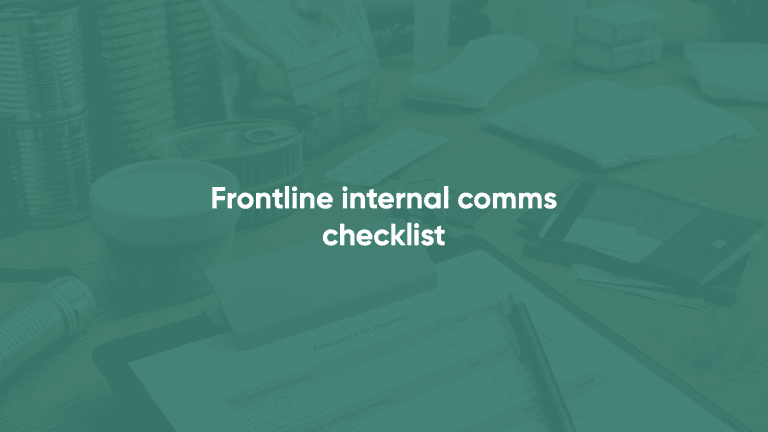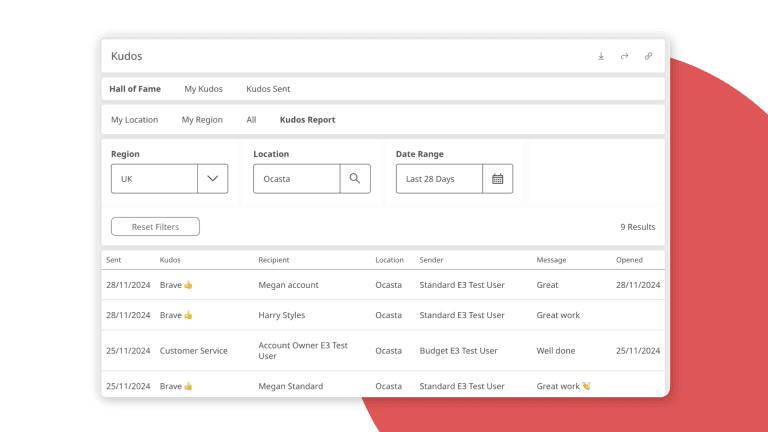
Ill mental health can be detrimental to an organisation. From increases in absenteeism and declines in productivity among the workforce to a decrease in engagement and retention rates for the organisation.
According to Mentalhealth.org, at least 1 in 6.8 people experience some form of mental health problem in the workplace. However, research suggests that the risks for male suicide and other mental health-related issues were 3 times higher for construction workers compared to the average male national average.
With that in mind, it’s important for employers to promote positive mental wellbeing in the workplace. They should also be able to identify the signs of ill mental health and act accordingly.
This piece explores the benefits of promoting positive mental health for the construction industry. We also offer some tips for how employers can achieve this.
Mental health in construction
As an employer, you have a duty of care for your employee’s health and safety. Your responsibilities also extend to any visitors to the construction site including suppliers, visitors, clients and members of the general public.
While there’s always been a lot of focus on the physical safety of construction workers, emphasis on their mental health has fallen by the wayside.
A major reason for the high suicide rate in the industry is their inability to show or share their feelings and emotions.
Because it’s predominately male, there’s an unspoken understanding that they have to live up to the image associated with people in this trade. The ‘tough guy’ image is widespread and makes it difficult for men to communicate their struggles without being seen as weak.
For example, an employee working long hours alone at a physically demanding job with a high risk of work-related injuries miles away from home can complain to colleagues about the physical demand of his job but may feel reluctant to talk about how it’s affecting his mental health.
Benefits of promoting mental health in the construction industry
By actively promoting good mental health wellbeing in the workplace, you’re able to attract and retain top talent. As well as complying with the legislation in place to protect the wellbeing of employees, it also makes good business sense.
Here are just some of the benefits (for the organisation and their employees) of promoting positive mental health at work.
Other benefits include:
-
Increased productivity and improve working relationships.
-
Reduced costs (associated with injuries, presenteeism, absenteeism, recruiting and training).
-
Increased job satisfaction and loyalty for employees.
-
Reduced retention rates.
-
Enhanced reputation as an employer that invests in their employees’ wellbeing.
Supporting workers
There are a variety of organisations that address issues relating to mental health in the construction industry.
-
Mental health app for the construction industry.
There’re also some charity organisations already helping to address issues relating to the stigma around mental health and general wellbeing. Some examples include:
You can also go a step further by taking steps to support your employees. This will help you to reduce risks to promote a more positive working environment and approach to mental health.
Consider the following tips to manage mental wellbeing at work:
Risk assessments: Not so much a tip as it is a requirement. You should ensure that you carry out risk assessments to identify any hazards present in the workplace. Once identified, you should implement procedures to control them.
Priorities safety: You should be prioritising the health and safety and mental wellbeing of your employees. Not only because you have a duty of care to them, but also because their wellbeing offers numerous benefits to your organisation. Provide workers with adequate health and safety training and offer managers mental health first aid courses so they can understand, identify and manage mental health conditions.
Regular breaks: Encourage employees to use up their full break entitlement. This is important to ensure that whenever they’re working, they’re recharged and working to their full potential.
Resources: This cost-effective step involves providing employees with access to resources on mental health. As well as keeping them informed, it also encourages them to open up about their struggles by reducing the stigma attached to ill mental health.
Company Culture: A study commissioned by the Association of Accounting Technicians (ATT) found that most workers spend an average of 3,507 days at work including 204 days of overtime. This amounts just over nine years and seven months. Creating an open working environment where individuals get along with each other makes it easier for an employee to know when their colleague is suffering from a mental health condition.
Although this is in no way an extensive list, it’s enough to get you on your way to promoting a positive attitude towards mental health at work.
Author bio: Russell is the Health and Safety Director at global employment law and health and safety consultancy Peninsula. He has over 20 years of experience in the regulatory consultancy industry and currently manages over 100 consultants and advisors across the UK and Ireland.





